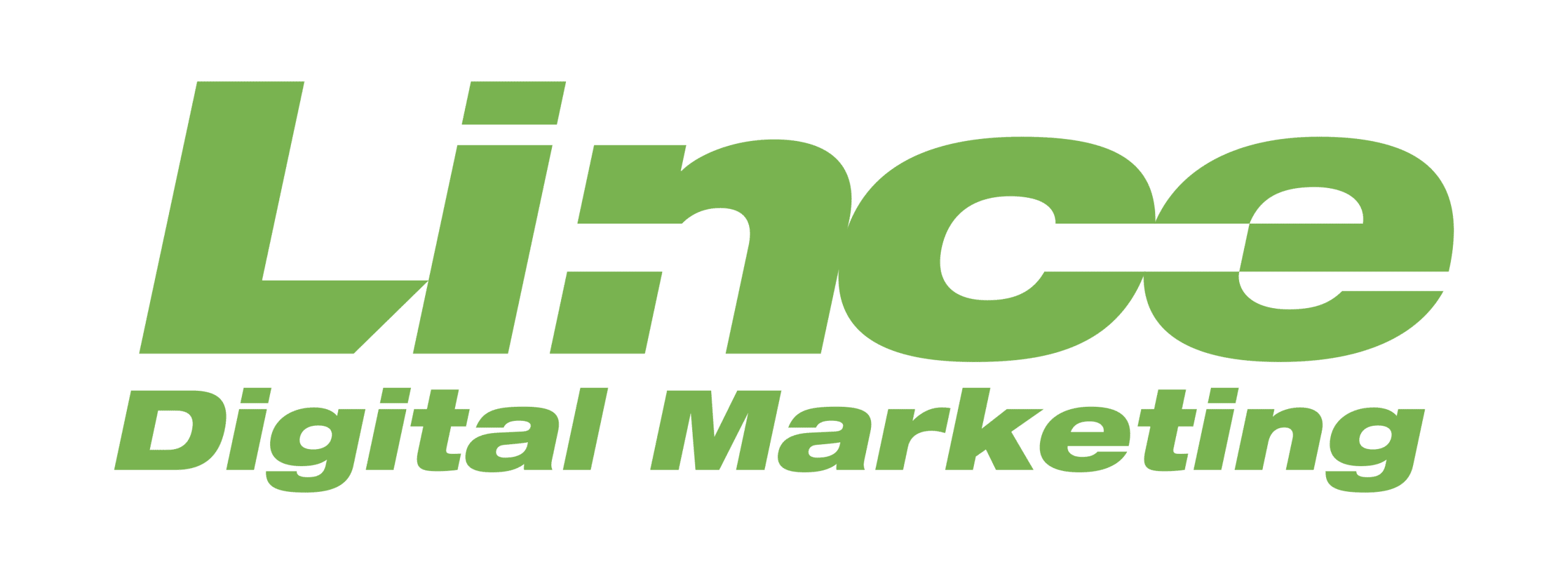The Importance of Branding in Web Design: How to Stand Out from the Competition.
In the fast-paced digital world, where websites are a dime a dozen, standing out from the competition is more critical than ever. Your web design isn’t just about aesthetics; it’s your brand’s first impression on potential customers. So, how can you ensure that your online presence leaves a lasting impact and sets you apart? Let’s dive into the world of branding in web design and discover how to make your mark in the virtual landscape.
Intro: The significance of branding in web design
Your website is more than just a collection of pages on the internet. It’s your digital storefront, reflecting your brand’s personality and values to visitors. A strong brand identity is essential for standing out in today’s competitive online market. When done effectively, branding in web design can create trust with potential customers and differentiate you from competitors.
A well-crafted brand image attracts attention and fosters customer loyalty and recognition. Your logo, color scheme, typography choices, imagery selection, and messaging are crucial in shaping how your audience perceives your brand online. By aligning these elements cohesively within your web design, you can convey a clear and consistent message that resonates with your target audience.
Remember, first impressions matter – make sure yours leaves a lasting impact through strategic branding in web design.
Defining branding and its role in business success
Branding is more than just a logo or color scheme; it sets a business apart. It encapsulates a company’s values, personality, and promise. A strong brand can create an emotional connection with customers, fostering loyalty and trust. In today’s competitive landscape, branding is crucial in differentiating businesses.
Effective branding helps establish credibility and recognition in the market. It shapes perceptions and influences consumer behavior. By defining who you are as a brand, you can attract your target audience authentically. Consistency across all touchpoints is key to building brand equity over time.
In essence, branding is the bridge that connects businesses with their customers on a deeper level. It communicates what a company stands for and why it matters – ultimately driving long-term success in the marketplace.
Understanding the target audience to create a strong brand identity
Understanding your target audience is key to crafting a strong brand identity. By delving deep into your ideal customers’ demographics, behaviors, and preferences, you can tailor your branding efforts to resonate with them authentically.
Gather insights through market research, surveys, and social media analytics to uncover what makes your audience tick. Are they drawn to bold visuals or subtle aesthetics? Do they respond better to formal language or casual tone? Understanding these nuances will help you shape a brand that speaks their language.
Creating buyer personas helps visualize your target audience and what motivates them. By putting yourself in their shoes, you can design a brand experience that connects on a personal level. Remember, successful branding starts with knowing who you’re trying to reach.
Elements of effective branding in web design – logo, color, typography, imagery, and messaging
When creating a strong brand identity through web design, several elements are crucial in impacting your audience.
The logo is like the face of your brand—it should be memorable and reflective of your values. Consistency in its placement and sizing across your website is key to brand recognition.
Color psychology is another powerful tool; different colors evoke different emotions, so choose wisely based on what you want to convey. Typography sets the tone for your bold, modern, elegant, or classic content and ensures it aligns with your brand voice.
Imagery can speak volumes without words; high-quality photos or graphics that resonate with your audience can enhance user engagement. Messaging ties everything together; clear, compelling copy that communicates your brand story effectively will leave a lasting impression on visitors.
Case studies: Successful companies who have utilized branding in their web design
Have you ever visited a website and instantly recognized the brand behind it? That’s the power of effective branding in web design. Take Apple, for example. Their clean and minimalist website perfectly reflects their innovative and sleek brand identity. It’s hard to mistake an Apple product or website for anything else!
Another standout is Nike. With its bold use of color, strong typography, and inspiring imagery, Nike’s website flawlessly embodies its “Just Do It” attitude. When you land on its page, you feel motivated to conquer your goals.
Let’s not forget about Coca-Cola. Its timeless logo, vibrant red color scheme, and engaging messaging make its website a true reflection of its iconic brand, which has stood the test of time.
These companies have mastered the art of branding in web design, setting themselves apart from the competition with a cohesive online presence that effortlessly resonates with their target audience.
Tips for creating a memorable and consistent brand presence online
In the digital world, creating a memorable and consistent brand presence online is crucial for standing out in today’s competitive landscape. To achieve this, it’s essential to maintain a cohesive visual identity across all platforms. Start by ensuring your logo, color palette, typography, imagery, and messaging are aligned with your brand values.
Consistency is key to building brand recognition. Use the same fonts, colors, and tone of voice consistently throughout your website and social media channels. This helps reinforce your brand identity in the minds of your audience.
Engage regularly with social media followers to humanize your brand and build customer relationships. Respond promptly to comments or messages to show that you value their input.
Utilize storytelling techniques to connect emotionally with your audience and make your brand more relatable. Share authentic stories about your company’s journey or showcase customer testimonials to create consumer trust and loyalty.
By implementing these tips effectively, you can establish a strong online presence that resonates with your target audience and sets you apart from competitors.
Utilizing social media and other marketing strategies to reinforce brand identity
Utilizing social media and other marketing strategies to reinforce brand identity:
In today’s digital age, leveraging social media platforms like Facebook, Instagram, Twitter, and LinkedIn is crucial for reinforcing your brand identity online. You can establish a strong online presence that resonates with your target audience by consistently sharing valuable content, engaging with followers, and showcasing your brand personality across these channels.
Additionally, incorporating other digital marketing strategies, such as email campaigns, influencer partnerships, and search engine optimization (SEO), can enhance your brand’s visibility and credibility. By strategically combining these tactics with a well-defined branding strategy in web design, you can effectively differentiate yourself from competitors and stand out in the crowded online marketplace.
Remember, building a successful brand takes time and effort. Still, by prioritizing branding in web design and integrating it seamlessly into your overall marketing efforts, you can position your business for long-term success and sustainable growth. So, create a memorable brand experience that captivates users and sets them apart from the competition!


